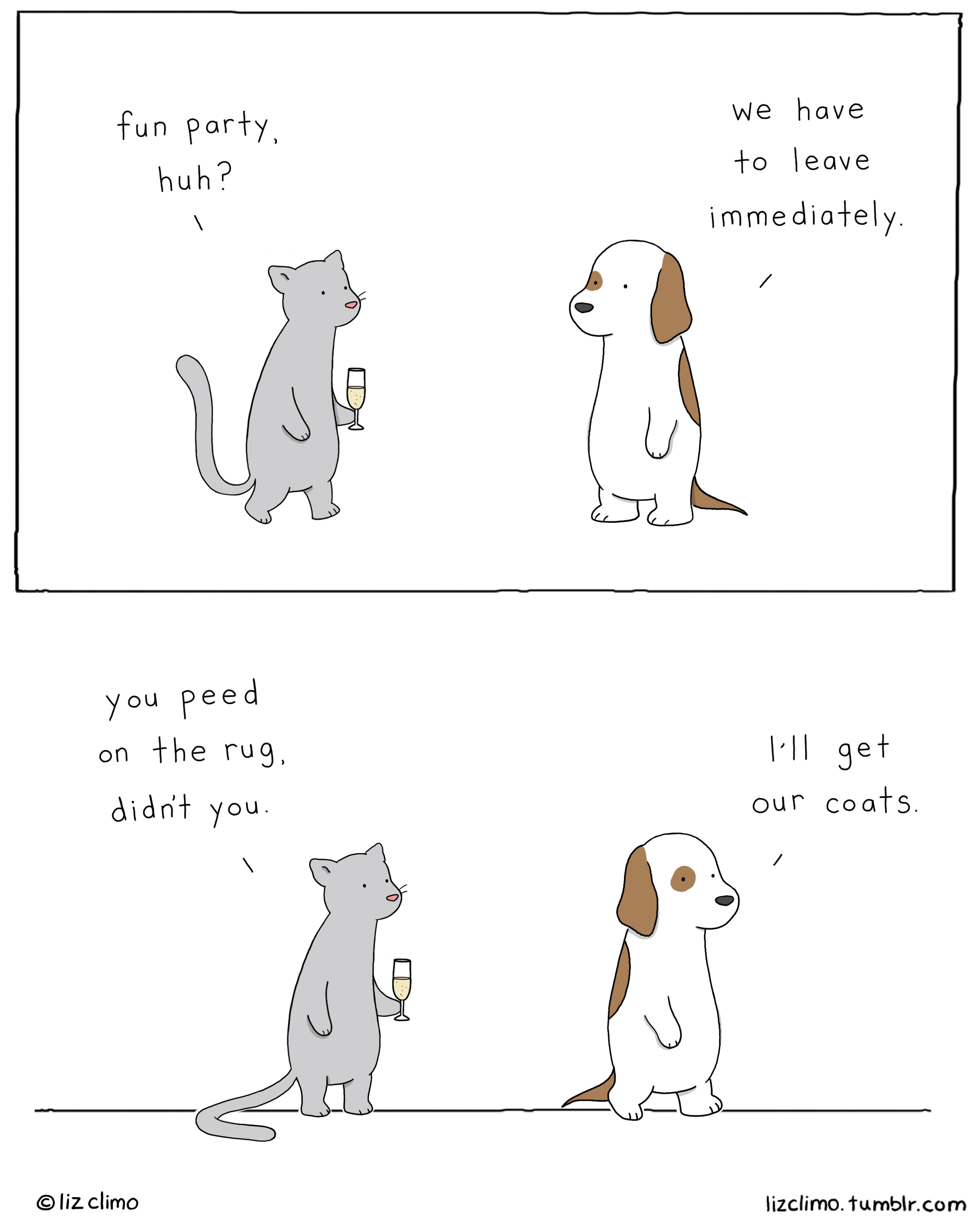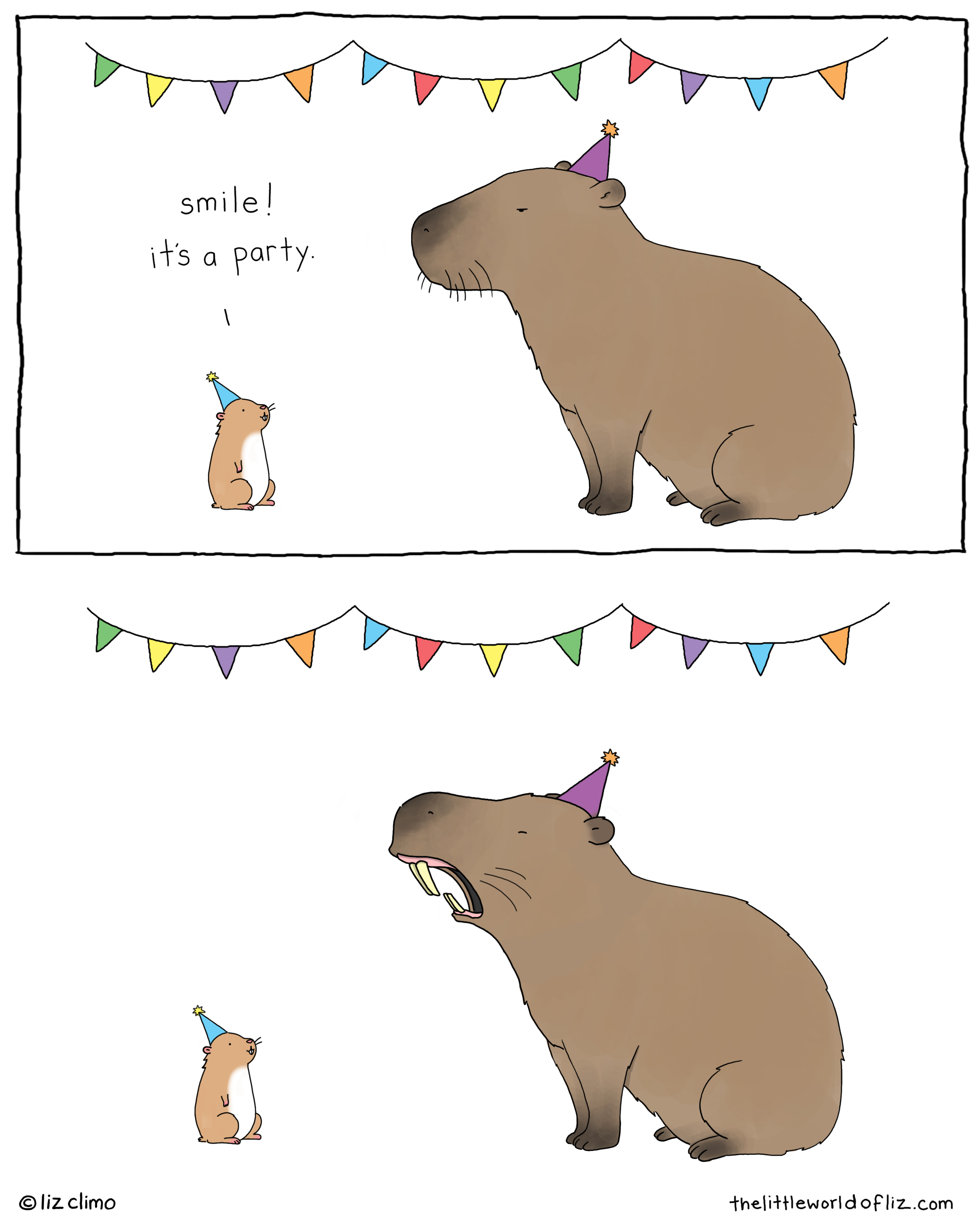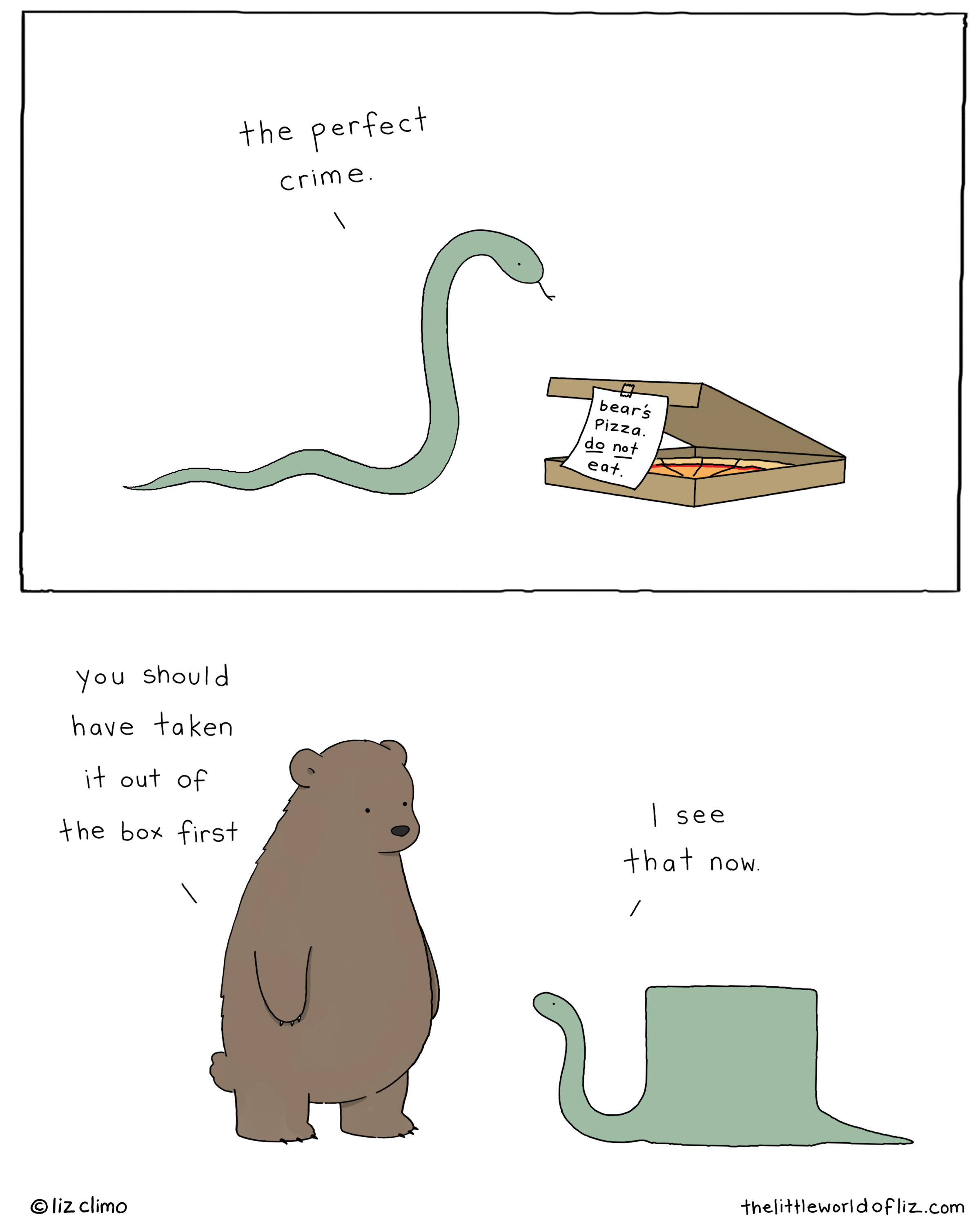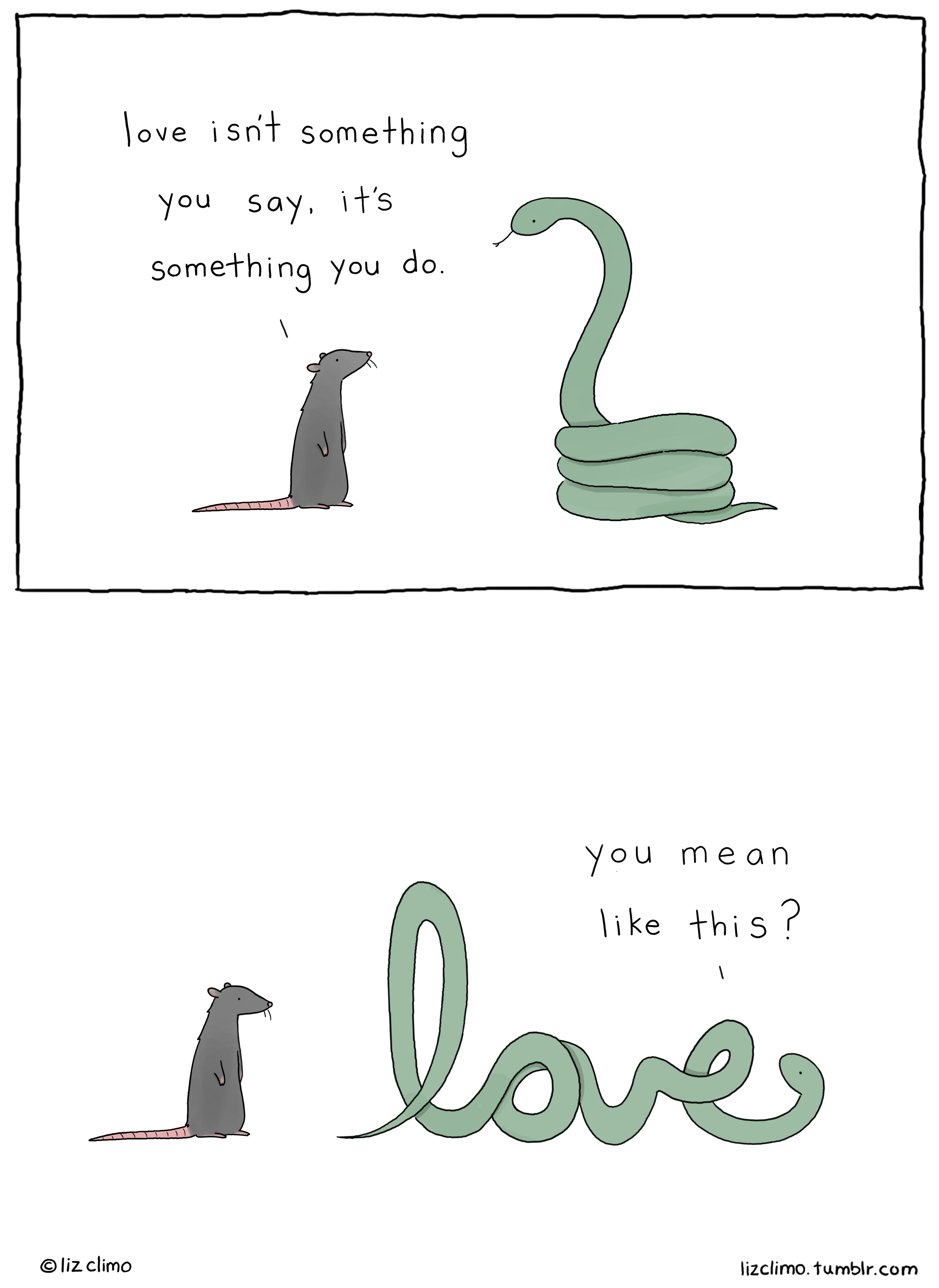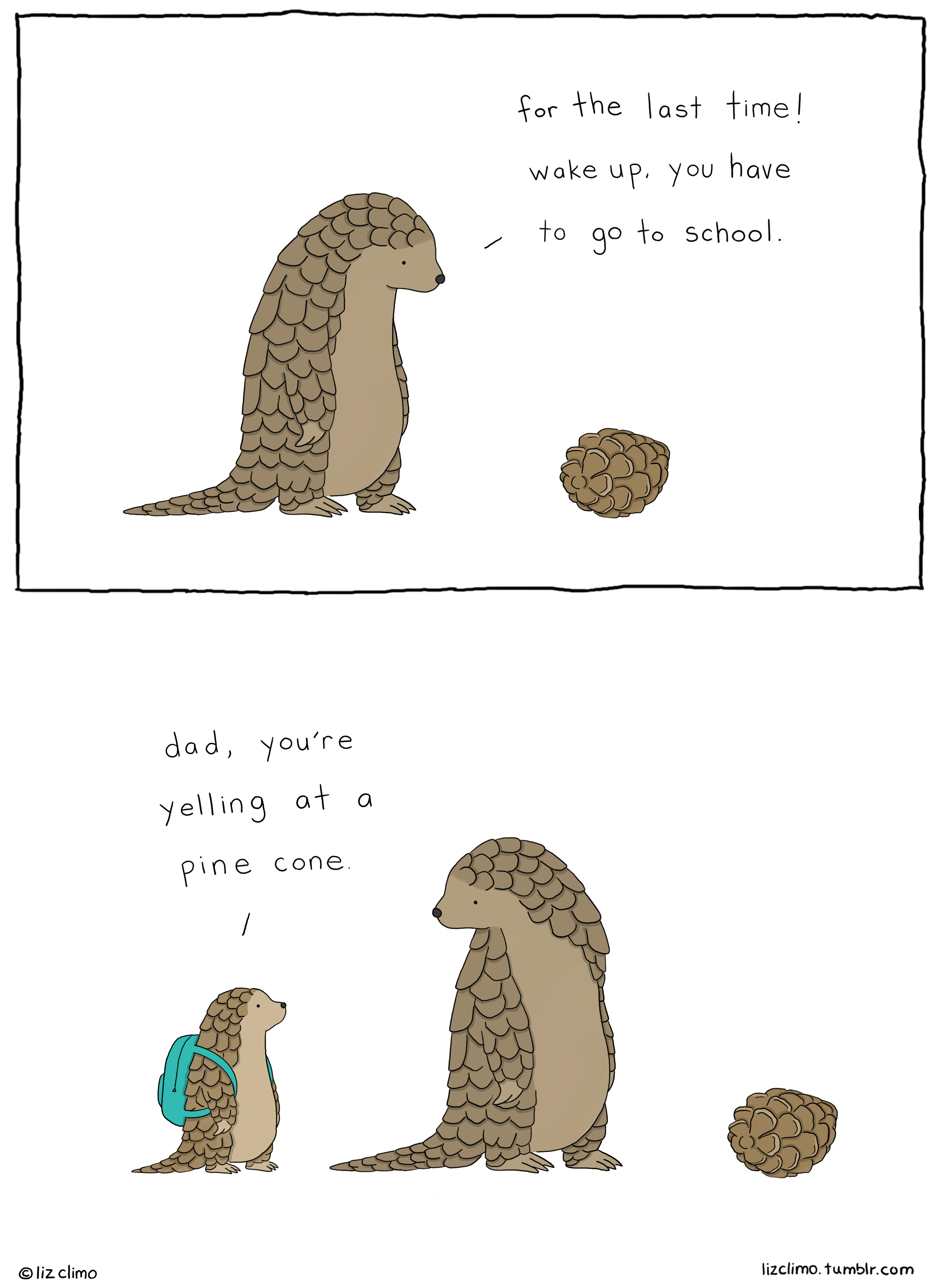Step into the world of illustrator and author Liz Climo's popular comics.
Beloved cartoonist Liz Climo was studying art in college when she changed course and applied for a job at The Simpsons. This decision would lead to a fulfilling thirteen-year stint on the überpopular television series. After leaving The Simpsons, Climo has found continued success through her witty, relatable animal comics and children’s books.
Life with The Simpsons
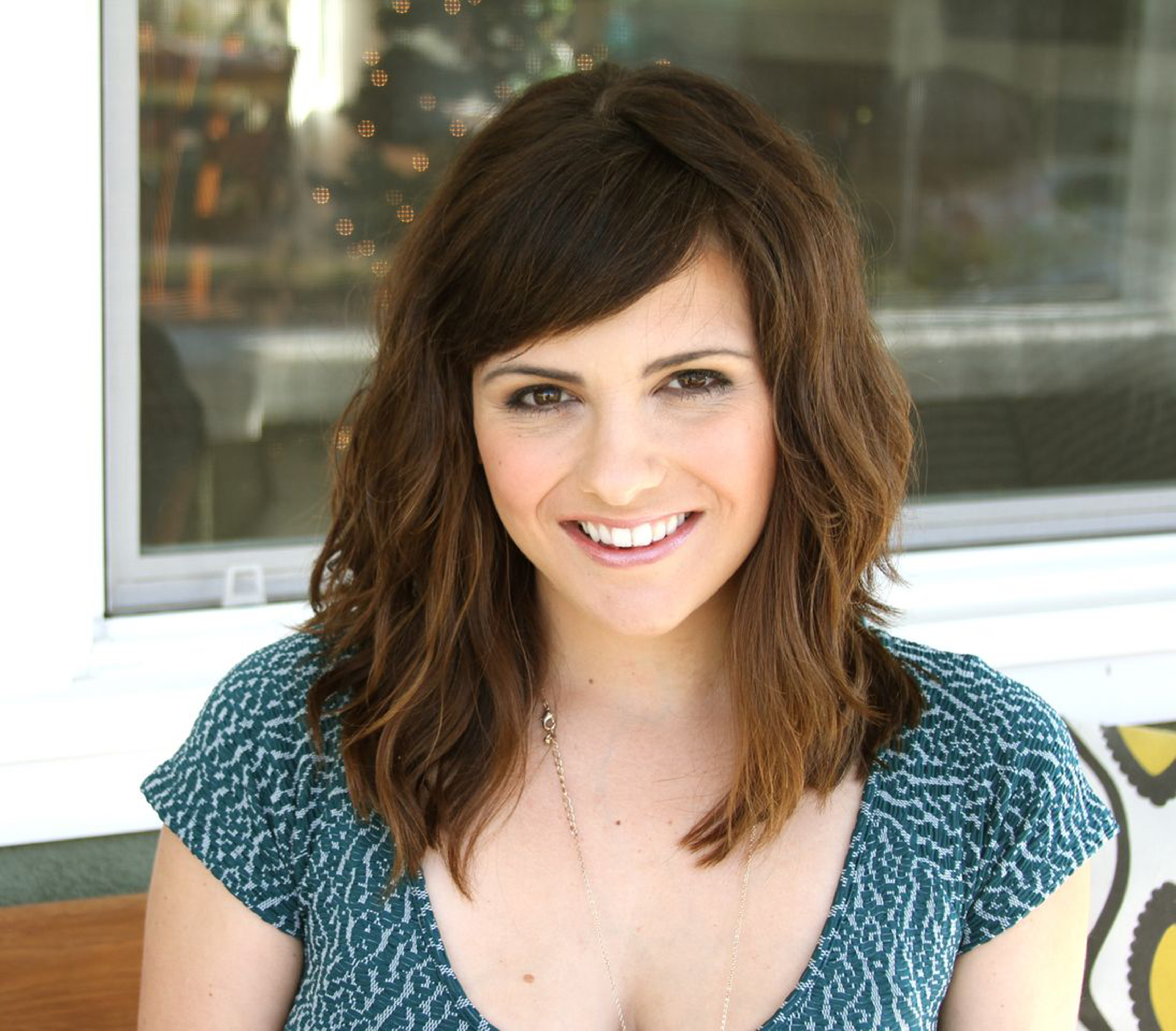 © Emma Goo Photography
© Emma Goo Photography
What does the trajectory of your career look like? Did you study art in school?
I studied art at San Jose State University. I was working toward a BFA in animation and illustration, but when I applied to the program I didn't get in. I would have had to wait an entire year before I could apply again, and I wasn't allowed to take any of the classes until I got in (which was not guaranteed). Instead, I applied for a job at The Simpsons and was actually hired. I was offered the job on a Friday afternoon, moved to Los Angeles over the weekend, and started the job on Monday. I never graduated college.
I credit my obsession with the show throughout high school and college for helping me land a job there. I didn't have any experience animating at the time, but I could draw well enough to get by, and I was really familiar with the style of the show. I was lucky, but I also worked really hard.
What was your day-to-day contribution to The Simpsons?
I started out as a character layout artist and eventually became a storyboard revisionist. Both jobs involved helping come up with the best acting for a particular character, which I would then draw or animate. My job was essentially to take the existing script, listen to the audio, and try and come up with the funniest (or most successful) way for the character to act out the line.
Find out what it's like working behind the scenes on The Simpsons.
That’s pretty big. Why did you decide to move on from the show?
After working on The Simpsons for thirteen years, I left my job in 2017. It was a great run, but I felt like it was time for me to focus more on my own work. Plus, my job didn’t really involve writing, which is partially why I decided to leave. I wanted to attempt some jokes! I feel really lucky that I was able to work there for so long—I learned a lot and made a lot of lifelong friends.
Did you hide anything in any of your last animations just for fun?
We aren't really allowed to sneak stuff into the show since there are so many eyes on it throughout the process—you usually get found out! I did occasionally try to draw family members or friends into crowd scenes, but most of the time those got changed down the production line. I have a lot more creative freedom working in publishing, which is really great for me at this point in my career.
Inside the Animal Comics
How did your animal cartoons begin? Who do you trust to give honest feedback about them?
I started doing cartoons as a side project (again, to have something that was just mine to work on in my free time). I began to post them to Tumblr as an exercise in accountability. I wanted to really put my work out there even if nobody ever saw it or did see it and really didn't like it. I was never expecting so many wonderful things to come from that. My husband, Colin, is also an artist, and he always gives me his honest opinion, which I appreciate.
Why did you specifically choose animals as the subject of your cartoons, rather than people?
The short answer: I don't really like drawing people! After working on The Simpsons for so many years, it's difficult for me to draw any person not Simpson-y. It was much easier to find my own style drawing animals. The longer answer is that it's easier to come up with jokes and funny situations with animals, since they're all so different, as are their relationships with one another.
How does she do it? Find out the tools and tricks behind Liz's most popular comics.
How do you feel about constructive criticism?
It's not my favorite [laughs], but having worked for so long as an animator, I'm not one to get super attached to my work. In college, I had a teacher tell me once, “Imagine spending hours on a project and being really proud of it. Now imagine ripping it up and starting over. That's what animation is like.” He wasn't wrong. When it comes to my books, if something isn't working or something needs to be changed, it’s no big deal. I'll start over. When it comes to my comics, I'm a bit more protective. Those are more personal to me.
How did one of the characters from your cartoons (Rory the dinosaur) become a book? Were comedy and writing always part of how you made art?
When I was offered my first book deal, the publisher said, “Can you come up with something for these dinosaur characters?” I had only ever drawn them into my comics, and they didn't have names or stories yet. The first Rory book was the first time I actually came up with a little world for them. I have always tried to work comedy into my art, and comics were pretty much the only thing I wanted to draw when I was growing up. (I got a lot of “too cartoony” criticism from art teachers!) I just want to make people laugh.
How would you describe your humor?
I'd say, in my personal life, my sense of humor is a lot darker than what I convey in my comics. When it comes to my work, I like to keep it a little lighter—we have enough darkness in the world, don't we? And, besides, I don't do darkness well. I really don't like anything that's too sappy, either, so I try to avoid that. But I try to make jokes and drawings that are sort of absurd, in a conversational way—something you might overhear that would make you laugh and take your mind off an otherwise bad day.

Where do you find inspiration for your cartoons? Why do you think they are so popular?
This will sound silly, but I find inspiration pretty much everywhere. I usually come up with ideas just by observing the way people interact with each other. I think that's why the response has been good—it's relatable. When people make comments like, "It's us" or "This was you last weekend,” it makes me so happy.
How do you define success? What meaning would you give to the idea of “a life well lived?”
OK, I realize I just said I don't like anything too sappy, and this is going to seem like a direct contradiction of that, so bear with me! My grandmother, Shirley Climo, who was also a children's book author, used to keep this famous quote on her desk, and I've always really liked it:
“To laugh often and much; to win the respect of intelligent people and the affection of children; to earn the appreciation of honest critics and endure the betrayal of false friends; to appreciate beauty; to find the best in others; to leave the world a bit better, whether by a healthy child, a garden patch, or a redeemed social condition; to know even one life has breathed easier because you have lived. This is to have succeeded!”
So, in short—be kind, do good work, surround yourself with good people, and have some fun along the way.
For more info, visit thelittleworldofliz.com
Share the story of this talented cartoonist with friends and family.
